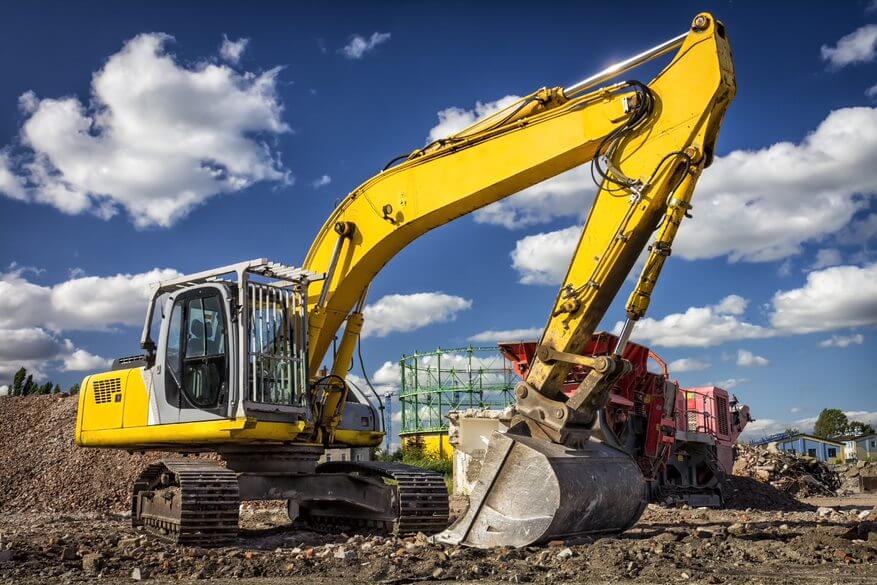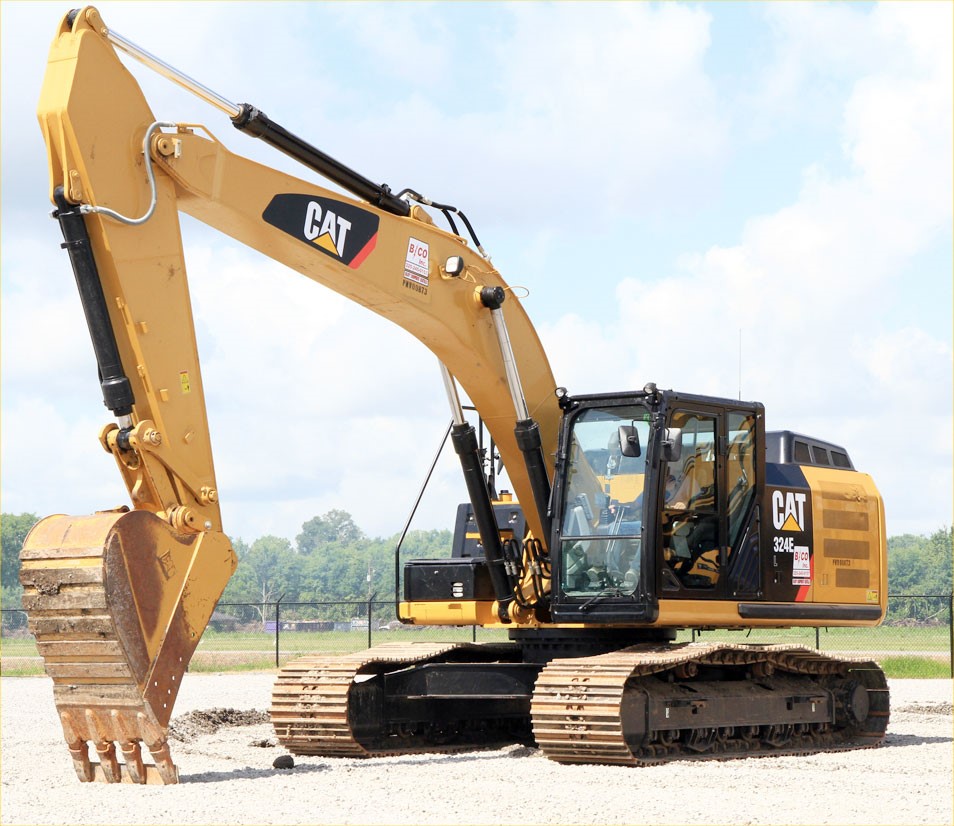Recognizing the Cost-Effectiveness of Renting Tools for Short-Term Projects
In the realm of job management, the wise appropriation of sources is critical to accomplishing effective end results within financial constraints. When taking into consideration temporary tasks that need specialized tools, the choice to rent or acquire said tools can substantially impact the task's cost-effectiveness. Aspects such as utilization regularity, maintenance prices, and depreciation rates enter into play when reviewing the economic implications of each option. By delving right into the details of this decision-making process, a more clear understanding of the cost-effectiveness of renting tools for short-term jobs arises.
## Elements to Take Into Consideration When Renting Equipment
When considering renting equipment for temporary projects, it is important to meticulously assess a number of key variables to ensure optimum performance and cost-effectiveness. Leasing devices for the specific duration needed can protect against unneeded expenses associated with maintaining the tools longer than required. heavy equipment rental.
Additionally, reviewing the quality and problem of the devices is vital to ensure smooth procedures during the task. Leasing properly maintained tools from reputable providers can reduce the risk of delays and malfunctions. Price is an additional significant factor to think about. Contrasting rental rates from different companies and determining the overall price of renting out versus getting can aid in making an economical decision. Last but not least, analyzing the availability of support solutions such as upkeep and technological assistance can contribute to the overall efficiency of the task. By very carefully thinking about these aspects, one can make informed decisions when renting equipment for temporary tasks.
Advantages of Renting Vs. Acquiring
Renting out devices for short-term tasks offers various benefits over getting, particularly in terms of flexibility and cost-effectiveness. Among the primary benefits of renting devices is the flexibility it offers. Leasing enables firms to access a large range of specific equipment for short-term requirements without the long-term commitment and expenses related to acquiring. This versatility is specifically advantageous for projects with transforming demands or when specific equipment is just needed for a minimal period.
Rather of birthing the full expense of buying expensive equipment that might just be utilized occasionally, renting out supplies an extra economical option. Furthermore, renting permits companies to budget plan extra properly by understanding the specific expense of tools rental upfront, without unexpected costs for upgrades or repairs.
Expense Analysis: Renting Vs. Owning
Contrasting the financial implications of renting equipment versus owning it supplies valuable understandings right into the expense performance of each strategy for temporary tasks. When thinking about the cost analysis of leasing versus having equipment, a number of key factors come right into play.
To start with, renting out devices for short-term jobs frequently requires less initial capital investment compared to buying the devices outright. This can be specifically beneficial for companies with restricted in advance funds or those wanting to allot resources somewhere else. Additionally, renting out gets rid of expenses related to tools maintenance, repairs, storage, and depreciation, which are generally the obligation of the tools owner.
On the other hand, owning equipment may confirm to be a lot more economical over time for projects that require prolonged or regular equipment use. While the preliminary financial investment may be greater, owning equipment provides the benefit of asset ownership and the capacity for resale worth once the task is finished.

Tips for Optimizing Cost-Effectiveness
For services seeking to maximize their financial sources throughout short-term tasks, applying strategic steps to enhance cost-effectiveness is extremely important. To make best use of cost-effectiveness when renting tools for temporary tasks, think about the following tips:
Plan Ahead: Proper planning is crucial to avoid rushed choices and final costs. Figure out the tools needed, rental duration, and any additional services needed well beforehand.
Contrast Rental Options: Research and contrast rental rates from various providers to discover the most cost-efficient option. Consider factors such as devices quality, rental terms, and included services.
Select Bundled Providers: Some rental companies supply packed solutions that may consist of tools shipment, insurance policy, configuration, and upkeep. Selecting these plans can usually result in price savings contrasted to spending for specific services.
Make Use Of Tools Efficiently: Train employees on correct equipment usage to stop damages and minimize downtime. Efficient use of leased devices can help in reducing total expenses.
Discuss Terms: Don't wait to work out rental terms, specifically for large or lasting tasks. Ask for discount rates, versatile rental periods, or waived fees to make the most of cost-effectiveness.

Study and Instances
In examining real-world applications of cost-efficient tools services for temporary jobs, significant situation research studies and her explanation instances provide useful insights right into effective techniques used by companies. One such study involves a building business that decided to lease customized equipment for a temporary project rather than purchasing it outright. By leasing the devices, the company avoided substantial ahead of time expenses and recurring maintenance expenditures, allowing them to assign sources more successfully. This choice not only conserved the company money however likewise enabled them to finish the job on schedule and within spending plan.
An additional example is a landscaping business that utilized equipment leasings for seasonal projects. As opposed to purchasing costly landscape design machinery that would just be made use of throughout certain times of the year, the company chose to lease the devices as required. This strategy proved to be affordable as it got rid of the demand for storage area and lowered upkeep costs throughout the off-season.
These study highlight the functional benefits of renting out tools for temporary jobs, showing just how businesses can achieve cost-effectiveness and versatility by leveraging devices rental services.
Conclusion
To conclude, recognizing the cost-effectiveness of renting out tools for temporary tasks includes considering factors must have construction tools such as the specific requirements of the job, the benefits of leasing versus getting, and performing a thorough price analysis - equipment rental company. By optimizing cost-effectiveness with efficient planning and utilization of rented out tools, companies can attain their project goals while lessening expenditures. Situation research studies and examples can provide valuable insights into effective economical rental approaches for short-term jobs
When thinking about short-term tasks that need specific equipment, the decision to purchase or lease stated tools can significantly influence the project's cost-effectiveness. Leasing tools for the precise timeframe needed can avoid unnecessary prices associated with maintaining the equipment much longer than required.
To start with, leasing equipment for short-term go to this site tasks often needs less initial capital investment contrasted to purchasing the equipment outright. Additionally, leasing gets rid of expenses associated with equipment maintenance, repair services, storage space, and devaluation, which are commonly the obligation of the equipment proprietor.
In conclusion, understanding the cost-effectiveness of leasing tools for temporary tasks entails thinking about aspects such as the certain needs of the job, the advantages of leasing versus buying, and conducting a comprehensive price evaluation.